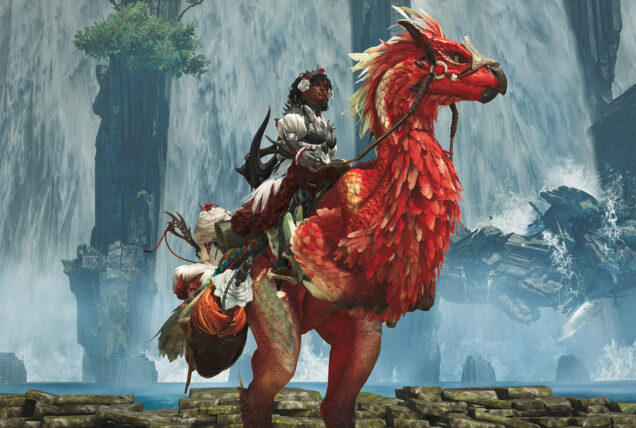An inside look at the development of the Dawntrail expansion pack.

Kei Odagiri, Lead User Interface (UI) Designer, Final Fantasy XIV Online, first joined SQUARE ENIX in 2006, where he supported the SQUARE ENIX Members team. He worked on Itadaki Street DS (known as Fortune Street in North America) as a text planner, and on characters from the DRAGON QUEST and SUPER MARIO franchises. After a short break from SQUARE ENIX to work on Unchartered Waters Online, Odagiri returned to SQUARE ENIX in 2012 as a UI planner for Final Fantasy XIV. He worked on the title from its initial alpha phase through the July 2024 launch of Final Fantasy XIV: Dawntrail.
The ESA caught up with Odagiri to have a conversation about his work on the game.
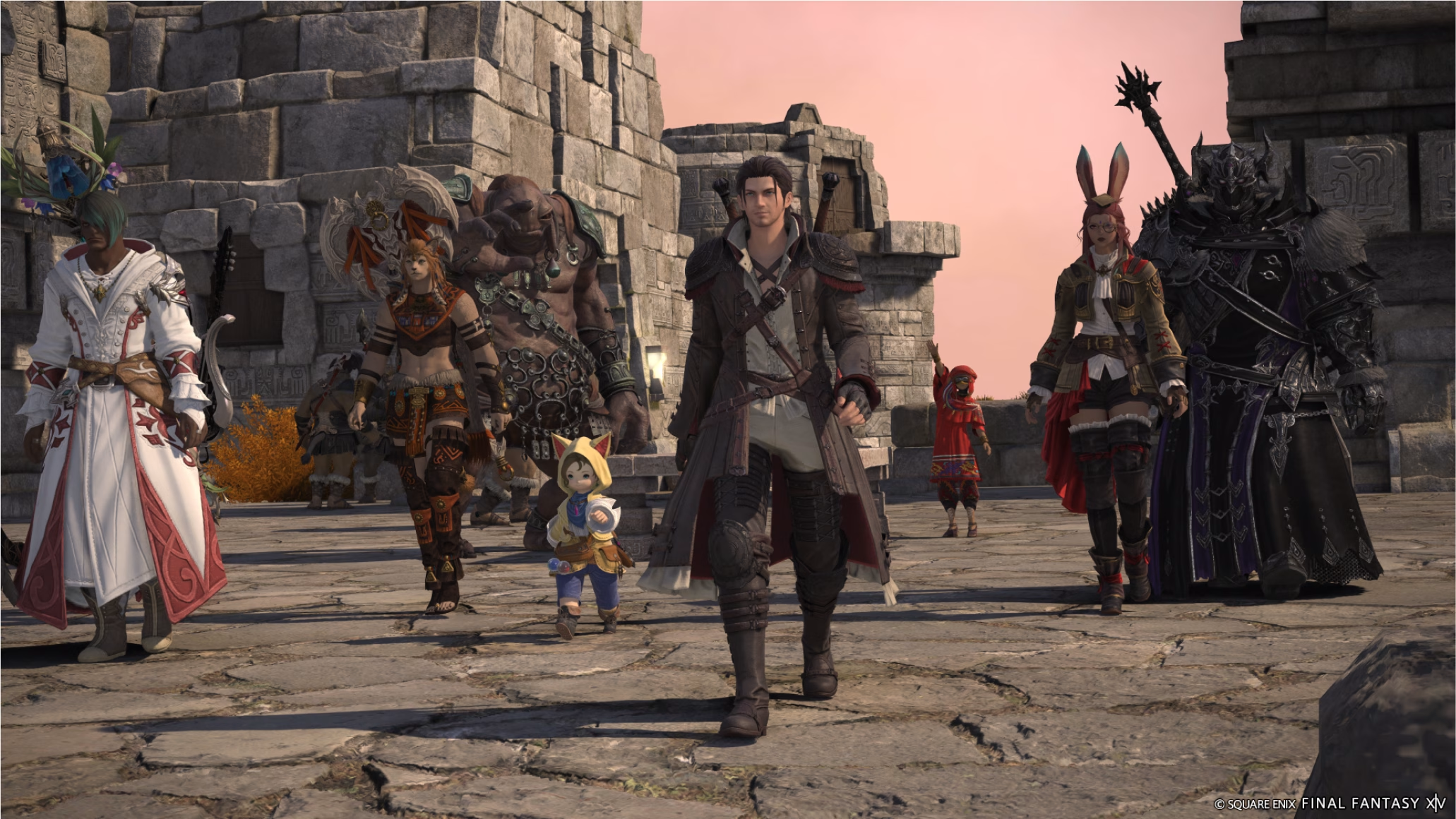
- How did you start your career in User Interface (UI) design, and what led you to work on Final Fantasy XIV? Were there any particular experiences or influences that shaped your approach to UI design?
Kei Odagiri, Lead UI Designer, FINAL FANTASY XIV Online: I started my career as a UI Designer. Final Fantasy XIV was going to go through their relaunch as A Realm Reborn and they wanted UI Designers, so I applied for the job. I was interviewed by Mr. Minagawa when I applied for the job. Since then, I joined the Final Fantasy XIV UI team in 2012, and I’ve been continuing in this role until now.
As for my approach to UI design, I was familiar with a lot of console games that both Square and Enix used to publish, but I also had the opportunity to play PC games. So, I was introduced to mouse and keyboard gameplay and didn’t have many issues adapting to them. However, whenever I saw console games releasing for PC as well, I noticed that it was often difficult to play using a mouse and keyboard. I always had this desire to make sure that the UI design allows for comfortable gameplay regardless of control type. When I saw that the Final Fantasy XIV team was looking for a UI Designer, and how they wanted to allow for players to play on both mouse and keyboard and controller, I felt that that really matched with what I wanted to do. As such, my approach to UI design is to allow for play that’s comfortable on both types of control options.
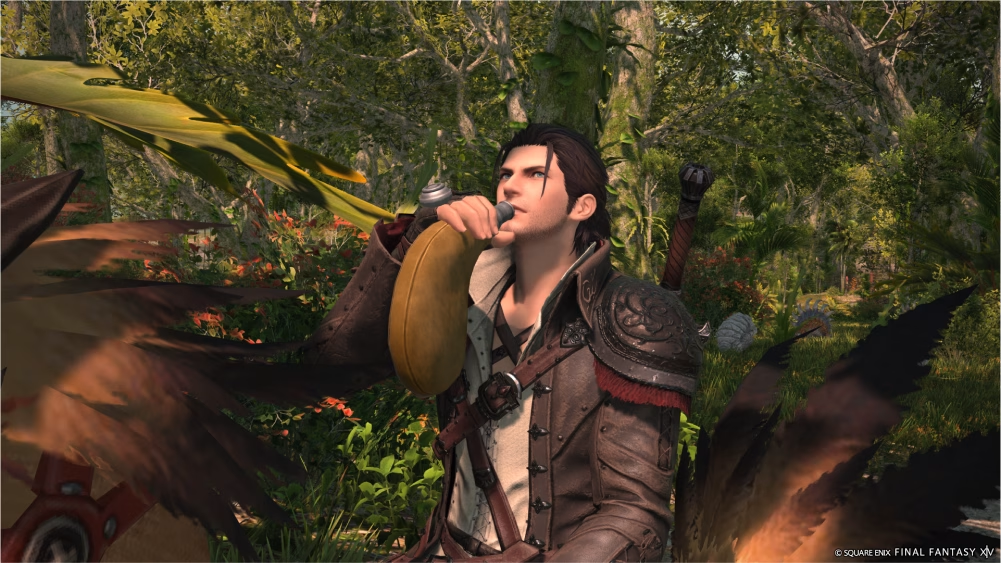
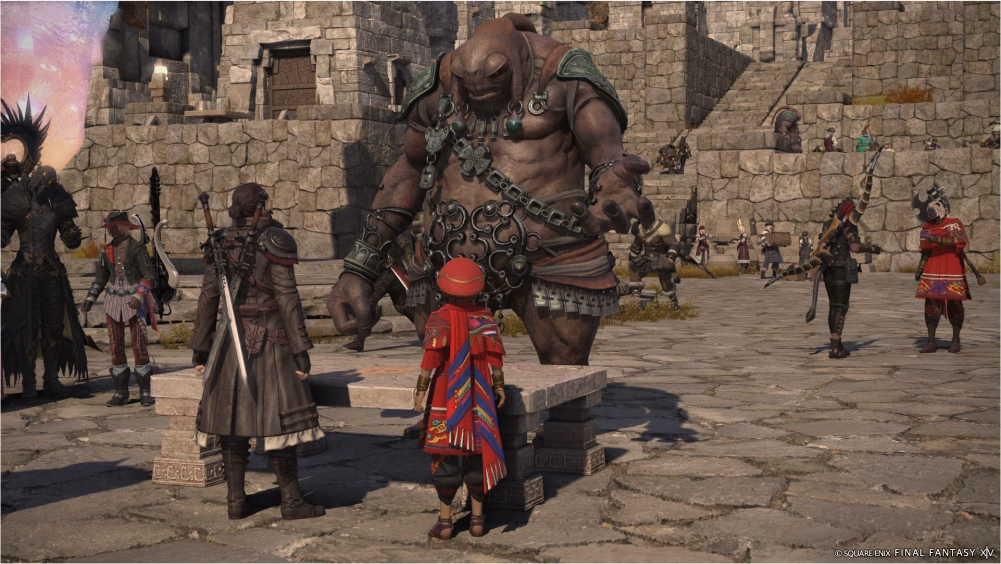
- Can you describe your role as the Lead UI Designer on Final Fantasy XIV: Dawntrail? What does your day-to-day job entail, and how do you collaborate with other teams to ensure a cohesive user experience?
Odagiri: First and foremost, the User Interface (UI) team is comprised of programmers, artists, and designers. It’s my responsibility to coordinate these three different roles and ensure the work is progressing smoothly. In terms of coordinating with other teams, we receive requests for new content to be implemented and we consider what type of UI would be necessary. We sometimes propose suggestions that can be added based on the concept that they provided. From there, I assign the task to the appropriate staff member.
In addition to that, whenever we have different UI elements implemented, I review them and try to identify areas for improvement. I then consider whether those improvements are realistic to address immediately, or whether they can be addressed later by squeezing it into our typical patch cycle workload. I am also constantly addressing issues related to the console version and the functionality of the login launcher, and any new elements that need to be implemented there. So, there is some work that may not necessarily be specific to UI also.
- What core principles or philosophies guide your approach to designing the UI for Final Fantasy XIV: Dawntrail? How do you ensure that the UI is both functional and immersive, enhancing the overall player experience?
Odagiri: This might seem repetitive, but I am very conscious about ensuring that the game can be enjoyed regardless of control type. It is difficult to put into words because it comes almost as second nature to me, but I try my best to start with a clear picture in my head so I can create using a solid foundation. Naturally, I go through a lot of trial and error. I like to test out the features and consider if there is room for improvements and then go back and try to improve upon it. I always like to review what I’m creating, because simply creating it doesn’t mean the work is done. If there is any player feedback, I am happy to accept it. I try to address their comments while being flexible in how I can accomplish it, which leads to a lot of iterating. I am very conscious about delivering a quality player experience through iteration and making sure that I listen to player feedback at each turn.
“Naturally, I go through a lot of trial and error. I like to test out the features and consider if there is room for improvements and then go back and try to improve upon it.”
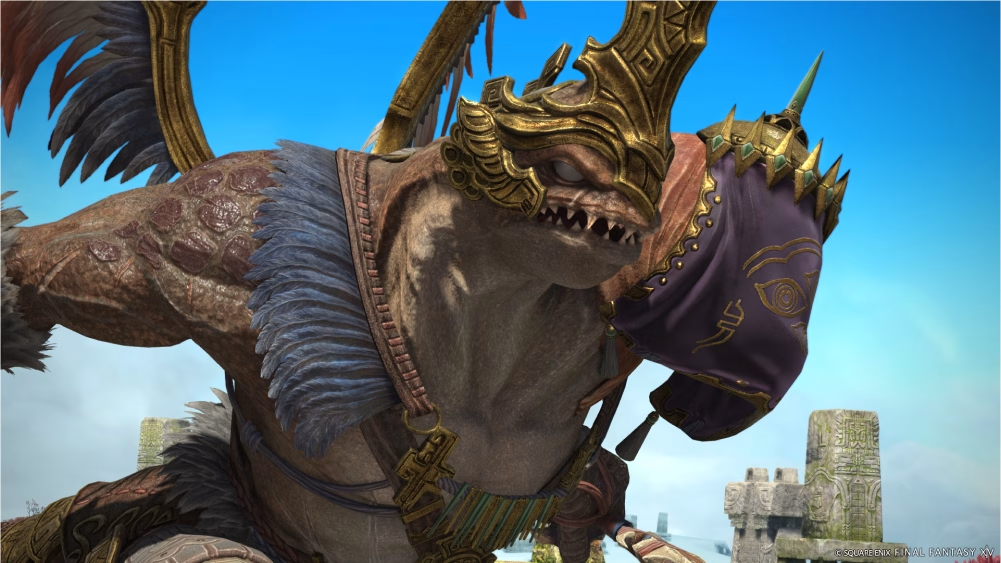
- What were some of the biggest challenges you faced while designing the UI for Dawntrail?
Odagiri: I’m afraid it might not be as interesting as you might think, but what was most challenging for the UI team was the level cap being raised to 100. You see, there are now three digits as opposed to the two digits we have been using up until now, and so we had to go back to older content to make sure we have all our UI elements covered for that change. That was quite a large undertaking, so we dug our heels in and had to push through the work due to the sheer volume. It might not be as glamorous as you may expect, but it was quite an undertaking!
If I may add though, when we first started A Realm Reborn, our level cap back then was level 50 and my teammates and I joked, “Ohh, will we ever get to a level cap of 100?” We thought to ourselves, “I’m sure the staff handling the UI will address it when the time comes!” Little did we know that we would end up handling that change ourselves. (laughs)
- How do you incorporate player feedback into your UI design process?
Odagiri: Player feedback comes through many avenues, like social channels, which we monitor. The Operations team provides us with a report of various feedback we receive, along with a list of priorities. Basically, they first let us know if any of the items are a hot topic, and we review the list and see what we need to do. There may be some items that we can address right away. There may be some items where Final Fantasy XIV does not allow for implementation because of our terms of use. And so, we need to sift through what has been requested and determine whether or not we can address it. The UI team consisting of programmers, artists, and designers then discuss it together and we actually get a pretty early start on different elements and feedback we receive.
However, the patch update cycle does come into play when determining when we are able to implement these different functions. This naturally means that players may experience a delay between when feedback is provided versus when it is implemented into the game.
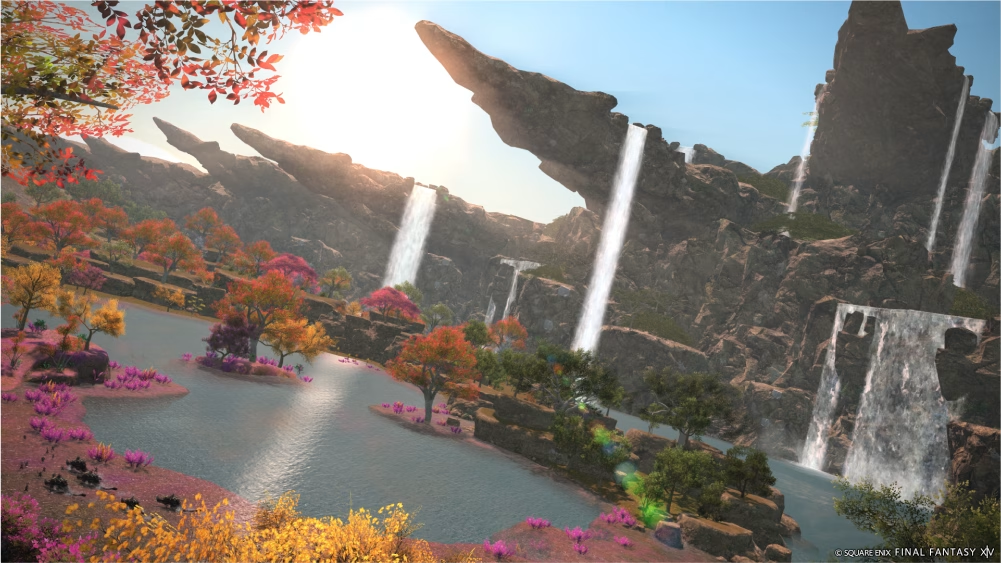
- Final Fantasy XIV has a long legacy with a dedicated player base. How do you balance the need for innovation with the expectations of long-time fans when designing the UI? Are there any new features or design elements in Dawntrail that you’re particularly excited about?
Odagiri: Managing the balance between innovation and expectations is difficult, but we are always very mindful of our players. When releasing new content, such as with an expansion, we strive to make sure that the UI is appropriate for that new content while also providing a robust experience.
“Managing the balance between innovation and expectations is difficult, but we are always very mindful of our players.”
It’s our responsibility as the UI team to make sure that we’re delivering a good game play experience to our current players and those who are joining the game anew. There may be some elements that the UI team created a bit hastily in the past, so I always try and review to make sure that we make adjustments that enhance the player’s quality of life, which I believe is very important. So, I’m very conscious about the necessity to iterate while also having the desire to actively seek innovation as well.
In terms of a feature that was implemented in Dawntrail that I’m particularly excited about, that would be how we adjusted the various actions which could auto-switch to the next action in a sequence. Originally when we implemented that in 6.X patch series, we started with actions for the dragoon where the battle design team decided to automatically change an action to the following step in the sequence.
However, we received lots of feedback saying that it wasn’t quite what they had expected. Leading up to Dawntrail, we looked for ways to address that and the idea came about where perhaps we should allow for the player to customize whether or not the action is replaced automatically in the hot bar. We were able to make that a reality in Dawntrail so I am happy that we were able to accommodate for a higher level of player customization.
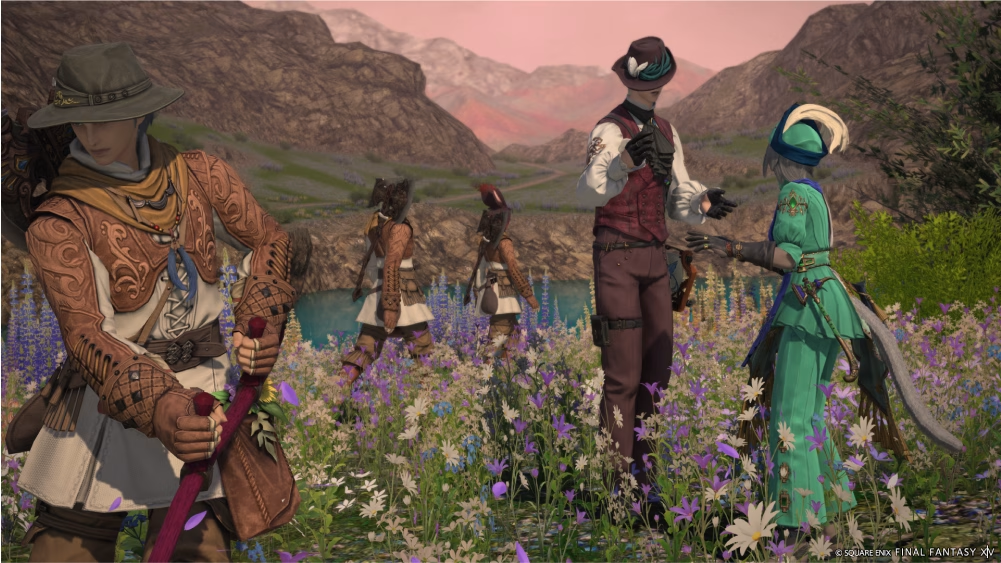
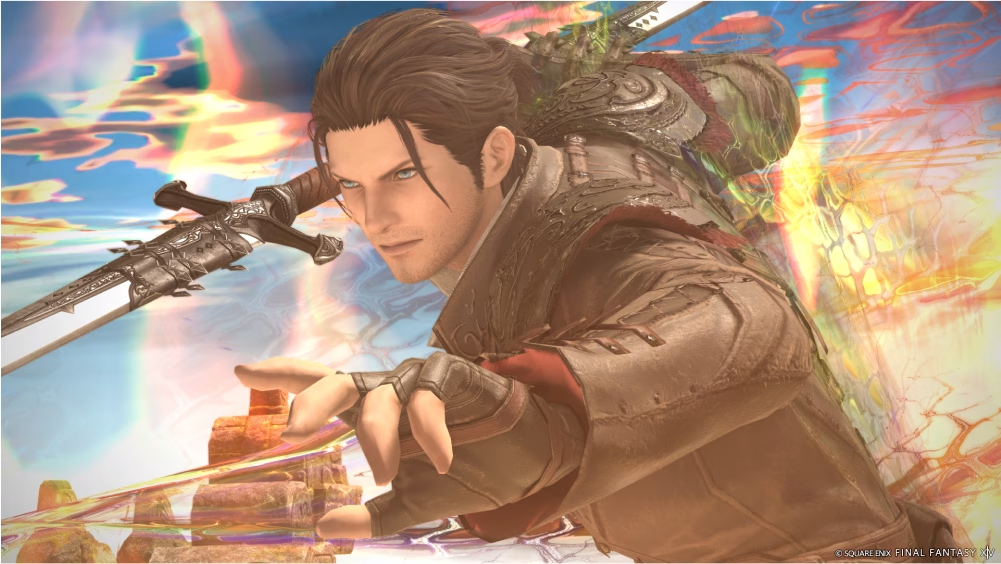
- Final Fantasy XIV is played on multiple platforms. How do you approach UI design to ensure a consistent and user-friendly experience across different devices, from PCs to consoles?
Odagiri: I think it’s very important to understand how each platform differs and make sure that we have an understanding of what is possible and what we need to address on our end. With that understanding, we are then able to consider ways to ensure the experience feels the same across the different platforms. I think having a good understanding of each individual platform is definitely important. For example, the DualSense vibrations might be unique to a certain platform. And again, having that understanding is what helps with bringing that sort of consistent experience across the different platforms.
- As you continue to work on Final Fantasy XIV, what future trends or technologies in UI design are you most excited about? How do you see these influencing the next phases of the game’s development?
Odagiri: There are so many new technologies that are emerging. I hear things from GDC or CEATEC in Japan, and there are many different trends that we can look towards.
Personally, I am interested in automating some aspects of QA processes and testing. I think the team would benefit from considering the different tools which would allow for a smoother testing process and ease in our tasks.
Final Fantasy XIV is a long-standing game with 11 years of live service history under our belt, and so in a way, our system is rather legacy, so to speak. The base is getting pretty old and so it’s tricky to implement new features, especially if they’re just being implemented suddenly. That said, we do want to keep our eyes open to upcoming trends and consider ways to implement these and be cognizant of how technology advances moving forward.

